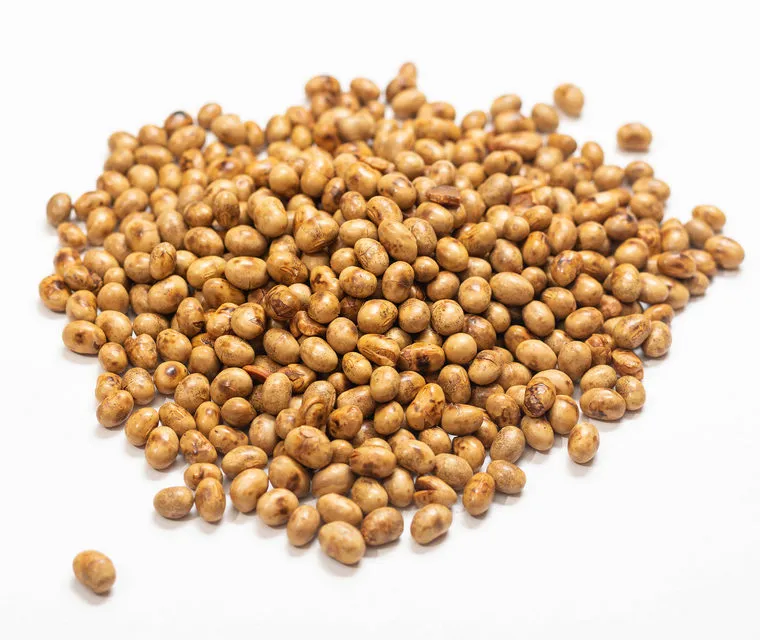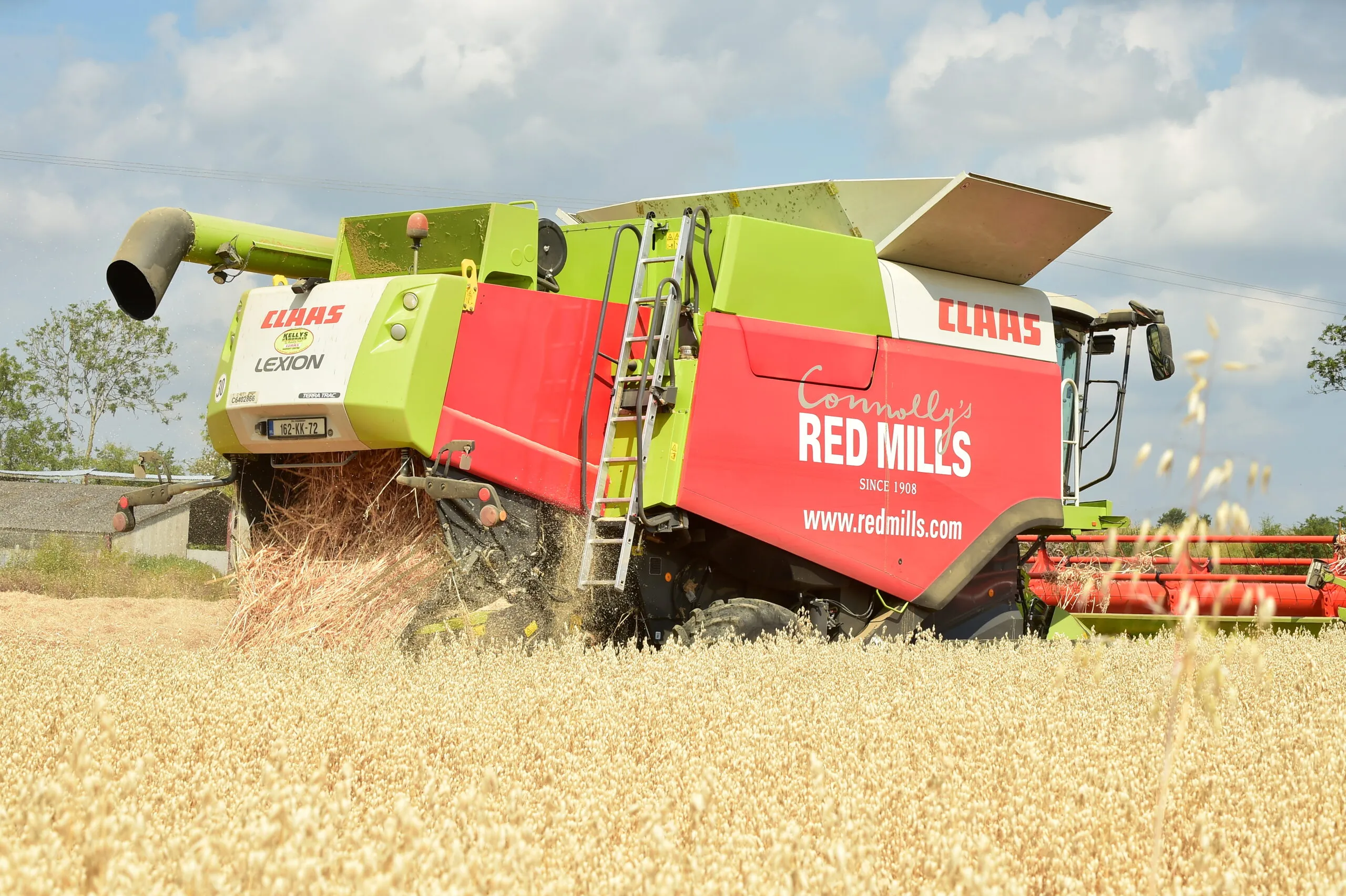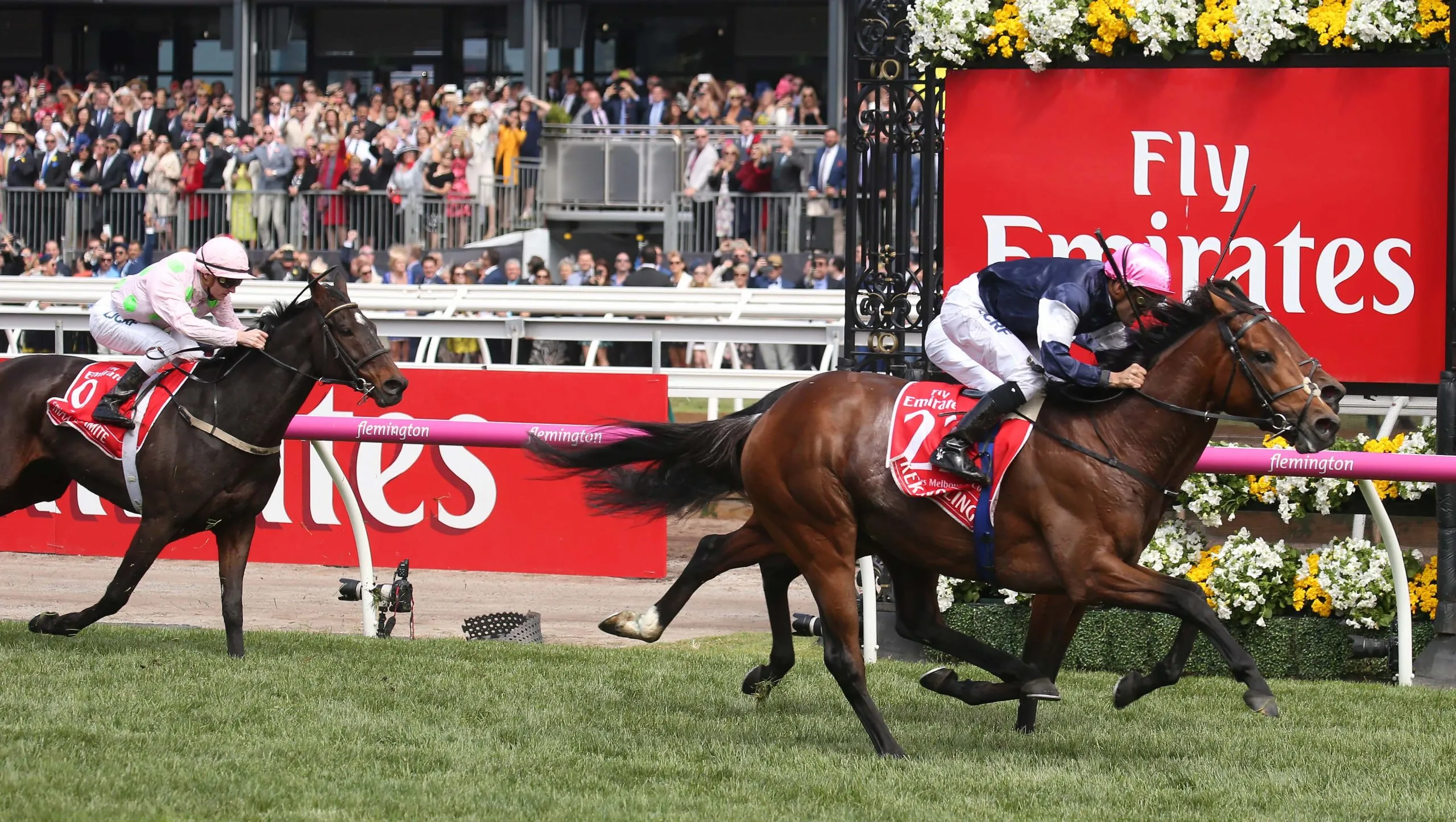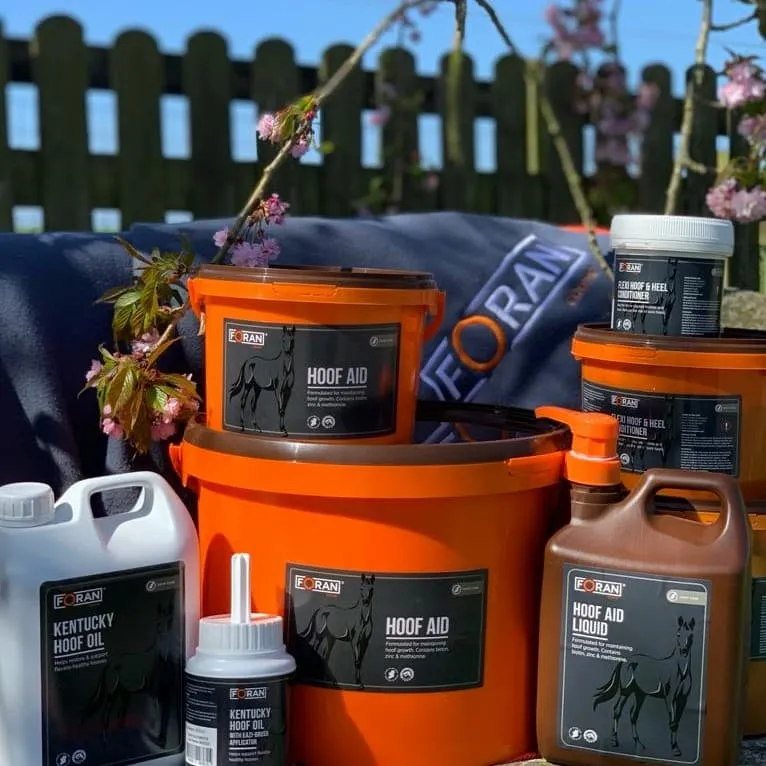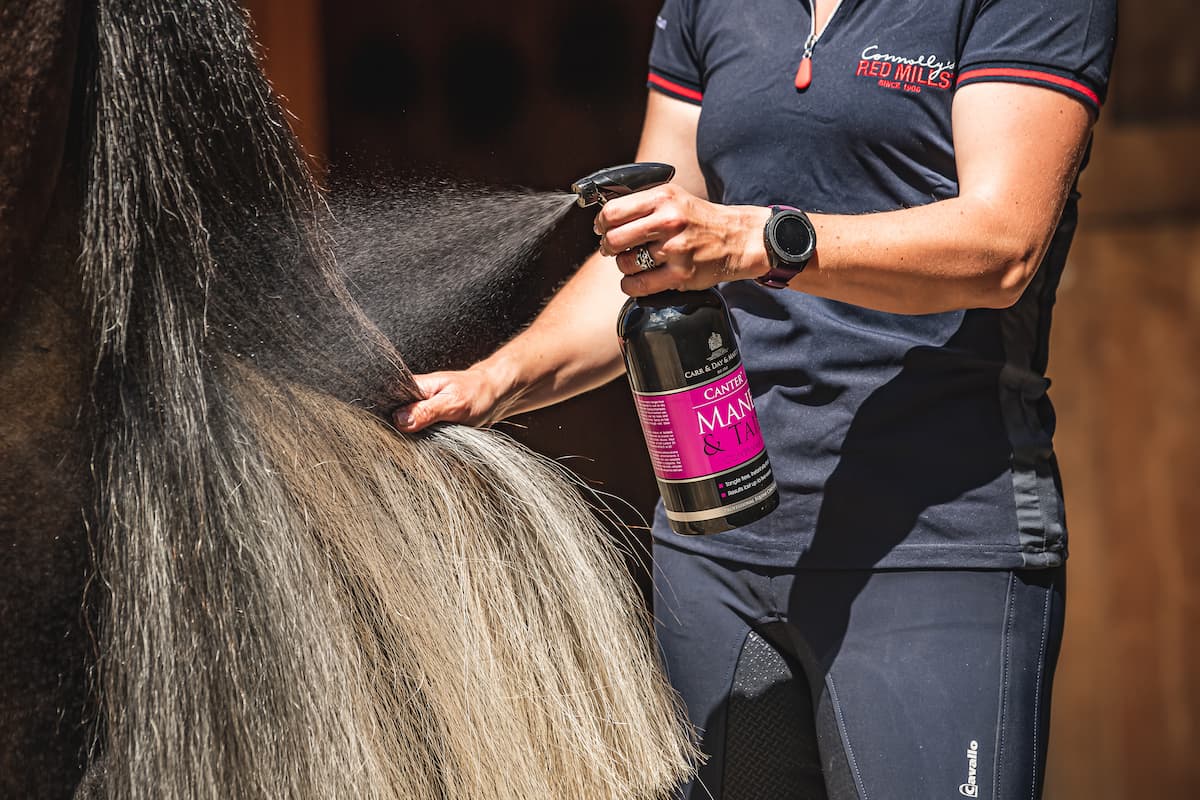Following the COVID-19 lockdown and now the much-anticipated return of racing upon us, some horses may need to be stepped up into harder/faster work quicker than normal. As a result, these individuals may be at an increased risk of tying-up and consequently losing important training days and potential runs. Preventing episodes of “tying up” occurring is of paramount importance in these unprecedented times.

| Muscle trauma e.g. horse getting cast, travelling injuries |
| Over exertion e.g. when workload needs to be stepped up quickly |
| Exhaustion e.g. endurance horses, National hunt |
| Dietary imbalances e.g. excess starch and electrolyte imbalances |
When you get repeated episodes of “tying up” in the same horse, this individual may have a genetic predisposition to the condition known as Recurrent Exertional Rhabdomyolysis (RER)
Trigger factors for Recurrent Exertional Rhabdomyolysis (RER) include:
| Over excitability |
| Horses being held back and not allowed to gallop freely |
| Horses being held in a tight outline |
| Stressful or fearful environments |
When feeding a racehorse that has a known history of “tying up” consider the following:
| Non-structural carbohydrate (NSC) or sugar and starch intake |
| Forage availability |
| Electrolyte levels |
| Antioxidant supply |
| Amount being fed |

Sugar and starch intake
NSC levels will have an impact on excitability and are a trigger factor for “tying up”. Low starch feeds such as Connolly Red Mills Horse Care 10 and 14 Cubes and Mix will support a horse in training with all forms of ER, by providing a ration rich in super fibres, oil while minimising starch intake.

Forage
Providing optimal levels of forage is vital to support gut health and to keep “stressy” horses occupied by avoiding periods of boredom. Having your forage analysed, by Connolly’s Red Mills or Foran Equine, is all part of our service and allows you to look at mineral imbalances and/or deficiencies, e.g. sodium, sugar levels, and dietary cation anion balance (DCAB). This allows you to assess if your forage is the most suitable for a horse vulnerable to “tying up”.

Electrolytes
Adequate electrolyte intake is essential to support normal muscle function and aid muscle recovery. Most commercial feeds will contain adequate levels of electrolytes for horses in very low levels of work, however supplementing racehorses is advised throughout training and especially in warmer spells of hot weather. Foran Equine Equi-Lyte G will provide a full complement of electrolytes (sodium, chloride, magnesium, calcium and potassium), plus key antioxidants Vitamin E and C.
 Antioxidants
Antioxidants
Antioxidants may limit the occurrence and severity of a “tying up” episode. Vitamin E and selenium work together to limit the oxidative damage/stress to cell membranes caused by free radicals, creating a protective effect. Foran Equine Muscle Max provides a plentiful supply of Vitamin E and Selenium, as well as the key amino acid lysine to support muscle function, development and recovery.
More recently, Coenzyme Q10 (ubiquinol) is now exclusively available in Foran Equine For-Recovery. Ubiquinol is the bodies first choice of antioxidant and For-Recovery is specifically formulated for horses that are likely to encounter high levels of oxidative stress, e.g. racehorses, it is ideal for horses who are stepping up in workload, and to support post-exercise recovery.

Feeding Rates
Finally altering the amount you feed, according to workload, will impact on excitability levels. If you reduce exercise, then reduce feed and/or feed type accordingly. It is all too easy to get into a rigid feeding routine and when something affects the amount of exercise you provide, you must act accordingly to reduce feed intake.
For further information on ER or any of the products mentioned in this article please contact our expert advice team.






 Antioxidants
Antioxidants 
